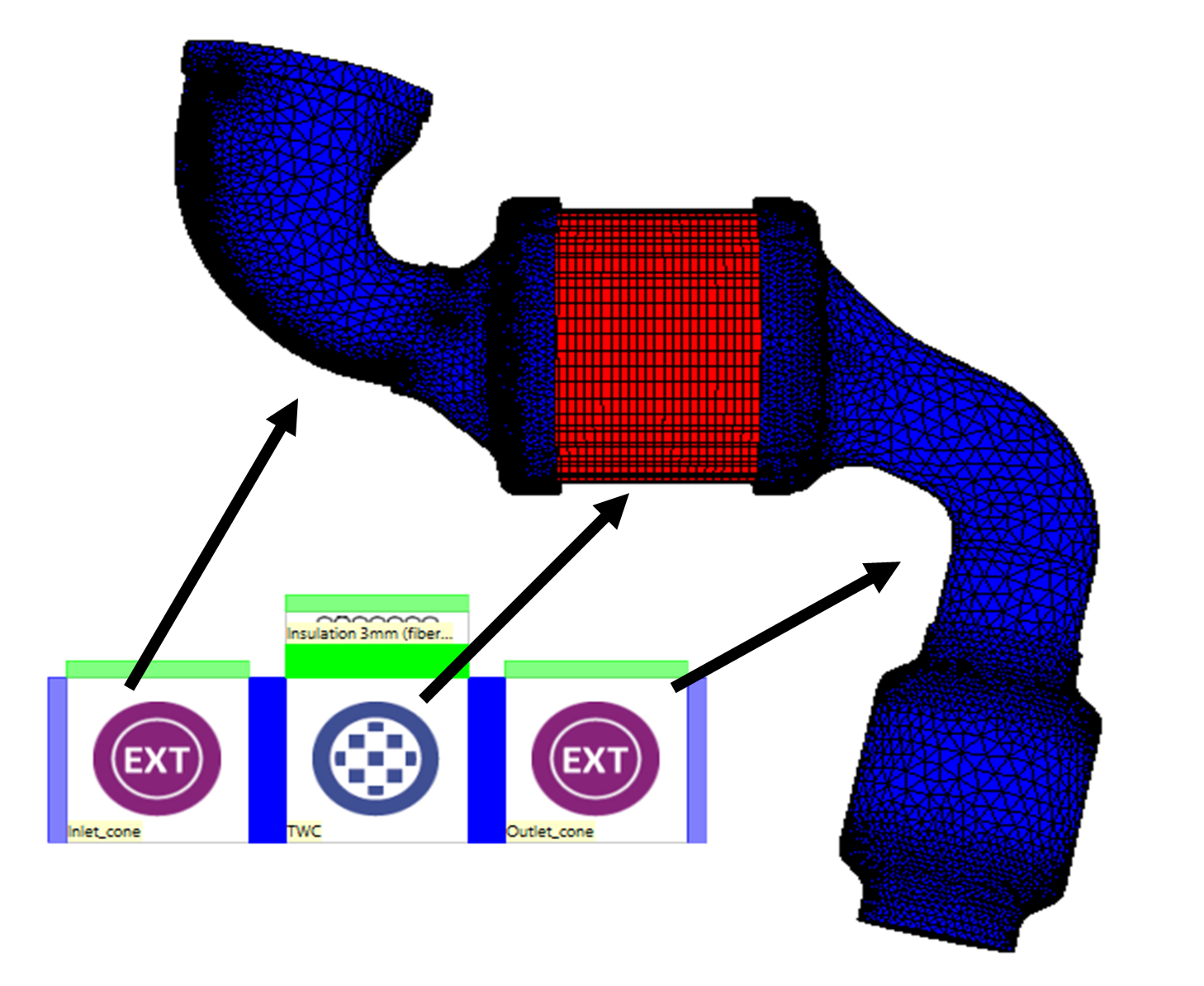Gaiopolis cycling
A new LinkedIn group dealing with cycling in campus Gaiopolis and Larissa. Use the link or the QR code to join.
 |
 |
|---|
We are a team of students and academics focused on the development of digital twins to address sustainability challenges. Our group belongs to the Department of Digital Systems of the University of Thessaly.
We have applied digital twins in the fields of:
and our interests extend to the complete range of green & digital transition applications, including the key topics of energy, transport, buildings, industry and agriculture.
We operate two measurement stations:
which report their measurements online in real-time (Terms of Use).
You can find more about our activities in the following sections:
A new LinkedIn group dealing with cycling in campus Gaiopolis and Larissa. Use the link or the QR code to join.
 |
 |
|---|
Haralampous, O., Samaras, N. (2025). Digital Twin of an Electric Bicycle Using Smartphone Sensors and Weather Data. In: Nathanail, E.G., Gavanas, N., Adamos, E. (eds) Climate Crisis and Resilient Transportation Systems. CSUM 2024. Lecture Notes in Intelligent Transportation and Infrastructure. Springer, Cham. https://doi.org/10.1007/978-3-031-82818-8_24
 |
|---|
Haralampous O. and Koltsakis G., “3D Simulation Models for After-Treatment Systems” in Onorati A. and Montenegro G. (ed) “1D and Multi-D Modeling Techniques for IC Engine Simulation”, SAE International, ISBN 9780768093520, 2020
 |
|---|
The inlet geometry of an exhaust system is of critical importance for its performance during cold start . Asymmetrical inlet pipes and cones are often used upstream of close-coupled catalytic converters. As a result, flow and temperature non-uniformities arise during transient conditions, such as the cold start of the engine. A fast and and complete heat-up of the catalytic converter is critical during this period to facilitate activation of chemical reactions and emission control. Within this project a series of inlet geometries where simulated under transient conditions to assess the effects of asymmetric features. The simulations were performed with exothermia suite, which integrates Crossfire, a library for 3d mesh generation and OpenFOAM interface developed by the University of Thessaly.
 |
 |
|---|
This project followed the earlier development of crossfire, a library that couples the commercial software exothermia suite and OpenFOAM for the simulation of exhaust systems with components of standard geometry. Real-life diffusers and inlet manifold deviate substantially from standard 3d geometries due to the restrictions in the engine bay and underneath the vehicle, as shown in the pictures. The 3d geometry introduces non-uniformities that need to be accurately modeled in order to predict the performance of the complete exhaust system. With the updated library all free-form components can be imported and simulated in exothermia suite, covering fully the needs of R&D for exhaust systems. All major 3d mesh file formats are supported, hence the use of third party CFD tools is unnecessary.
This was a 2-year long project funded by a life-long national program for new researchers (EDBM34). The research team included:
The project dealt with with the performance of partially Failed Particulate Filters, often found in older vehicles due to inadequate maintenance or tampering of the exhaust system. Experimental and computational methods were applied at the smallest relevant scale to clarify the necessary flow and filtration phenomena and furthermore to quantify the effects in terms of diminished filtration efficiency. Interestingly additional filtration phenomena were identified in the intact and damaged DPFs, besides the prevailing deep-bed and surface filtration mechanism due to wall flow, while it was shown that prediction of pressure drop and filtration efficiency in an intact/damaged DPF under real-driving conditions is possible despite the difficulties.